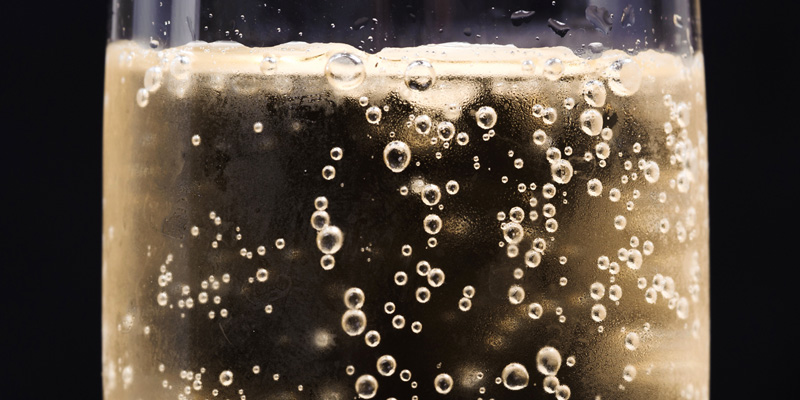Bigger is better when it comes to the bubbles in your Champagne glass. Such are the findings of a study recently published in the European Physical Journal Special Topics.
The study opens with a (probably fabricated) quote from the father of Champagne himself, Dom Pierre Pérignon: “Come quickly brothers, I am drinking stars!” Pérignon was referring to his newly discovered method of making sparkling wine, which would earn world-wide renown as the Champagne Method. Turns out his stars would have tasted better if they were a little bigger — 1.7 millimeters in diameter, to be exact.
“This result is remarkable as it undermines the popular belief that the smaller the bubbles, the better the Champagne,” lead researcher Gérard Liger-Belair, a physicist at the University of Reims, said according to The Guardian. “Small bubbles were the worst in terms of aroma release.”
The researchers used high speed photography to follow exactly what happens to each of the approximately 1 million bubbles in your average Champagne glass. Liger-Belair found that as the bubbles rise to the surface, they make a hexagonal shape before bursting. Then, as the bubble fulfills its destiny and explodes, minuscule drops of Champagne shoot up into the air, where they evaporate and give off aromas. Bubbles can range from 0.4 millimeters to 4 millimeters in diameter. The sweet spot where the most aroma was released was 1.7 millimeters.
Those aromas are key to appreciating all of the flavors of Champagne. The bubbles bring the bready and nutty smells up into the air right where your nose is rather than keeping them locked in the glass.
Producers from France’s Champagne-Ardenne region, where the researchers hail from, probably won’t appreciate these results. Champagne bubbles are famous for being much finer than those in cheaper sparkling wines like Prosecco and Cava. But Liger-Belair isn’t just blowing steam to make his fellow countrymen angry; he’s also offering a solution.
“We showed the decreasing Champagne viscosity would improve drop evaporation,” Liger-Belair said, according to The Guardian. “Additives that would change wine viscosity without changing the taste might be used. These results pave the way towards (sic) fine tuning of Champagne aroma diffusion.”
Liger-Belair likes big bubbles and he cannot lie, and he’s got science to back up why.

